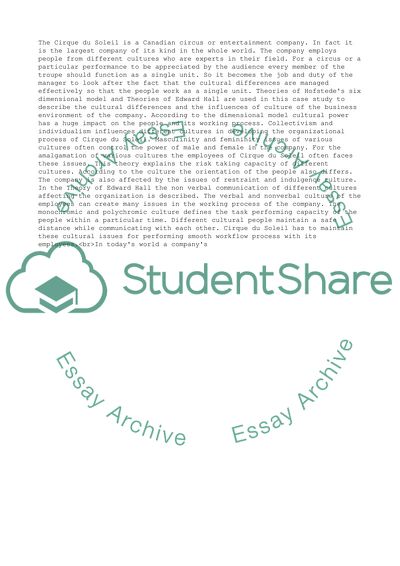Cite this document
(Concepts and Principles of International Management Coursework, n.d.)
Concepts and Principles of International Management Coursework. https://studentshare.org/management/1855666-concepts-and-principles-of-international-management
Concepts and Principles of International Management Coursework. https://studentshare.org/management/1855666-concepts-and-principles-of-international-management
(Concepts and Principles of International Management Coursework)
Concepts and Principles of International Management Coursework. https://studentshare.org/management/1855666-concepts-and-principles-of-international-management.
Concepts and Principles of International Management Coursework. https://studentshare.org/management/1855666-concepts-and-principles-of-international-management.
“Concepts and Principles of International Management Coursework”. https://studentshare.org/management/1855666-concepts-and-principles-of-international-management.


